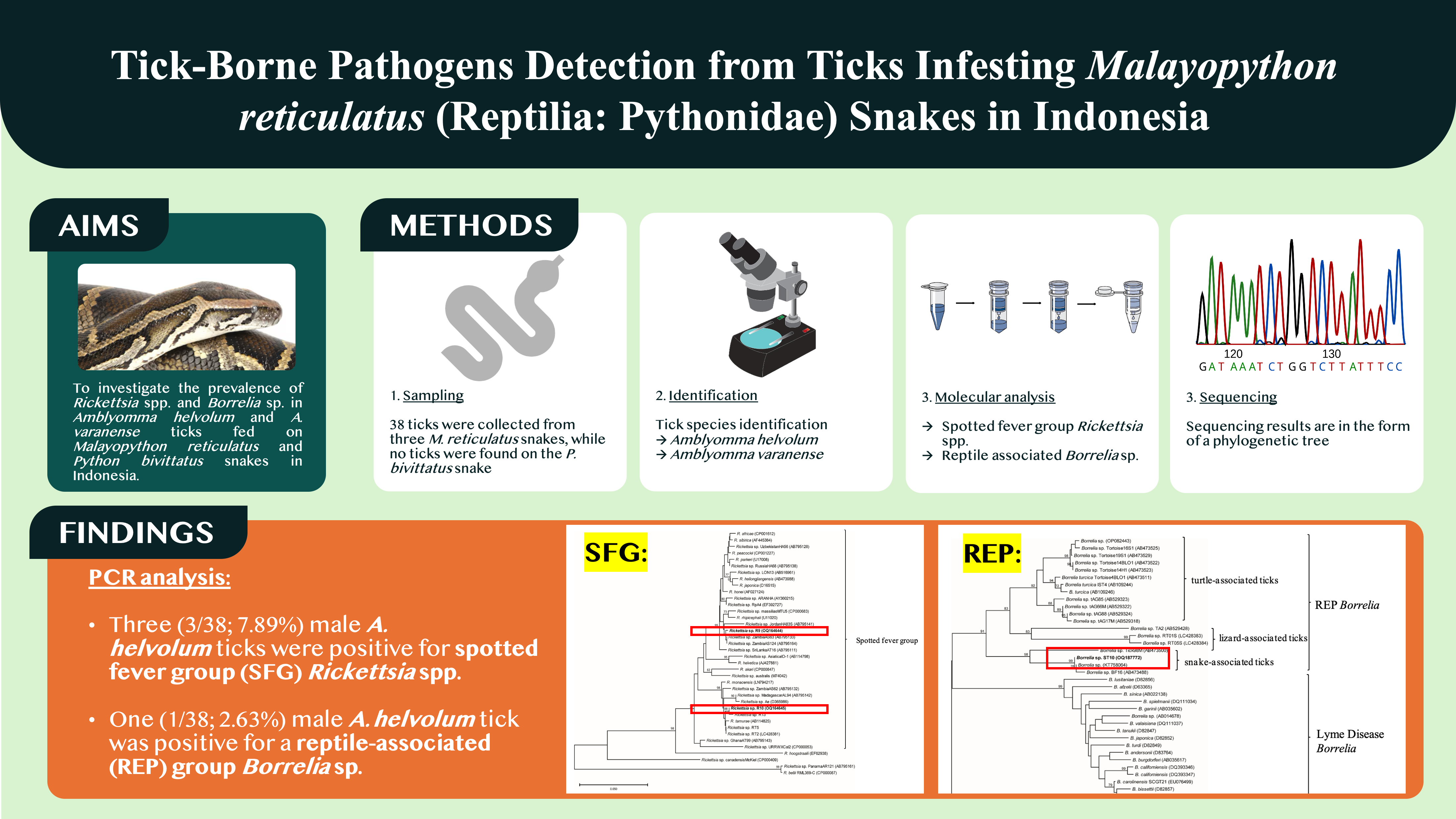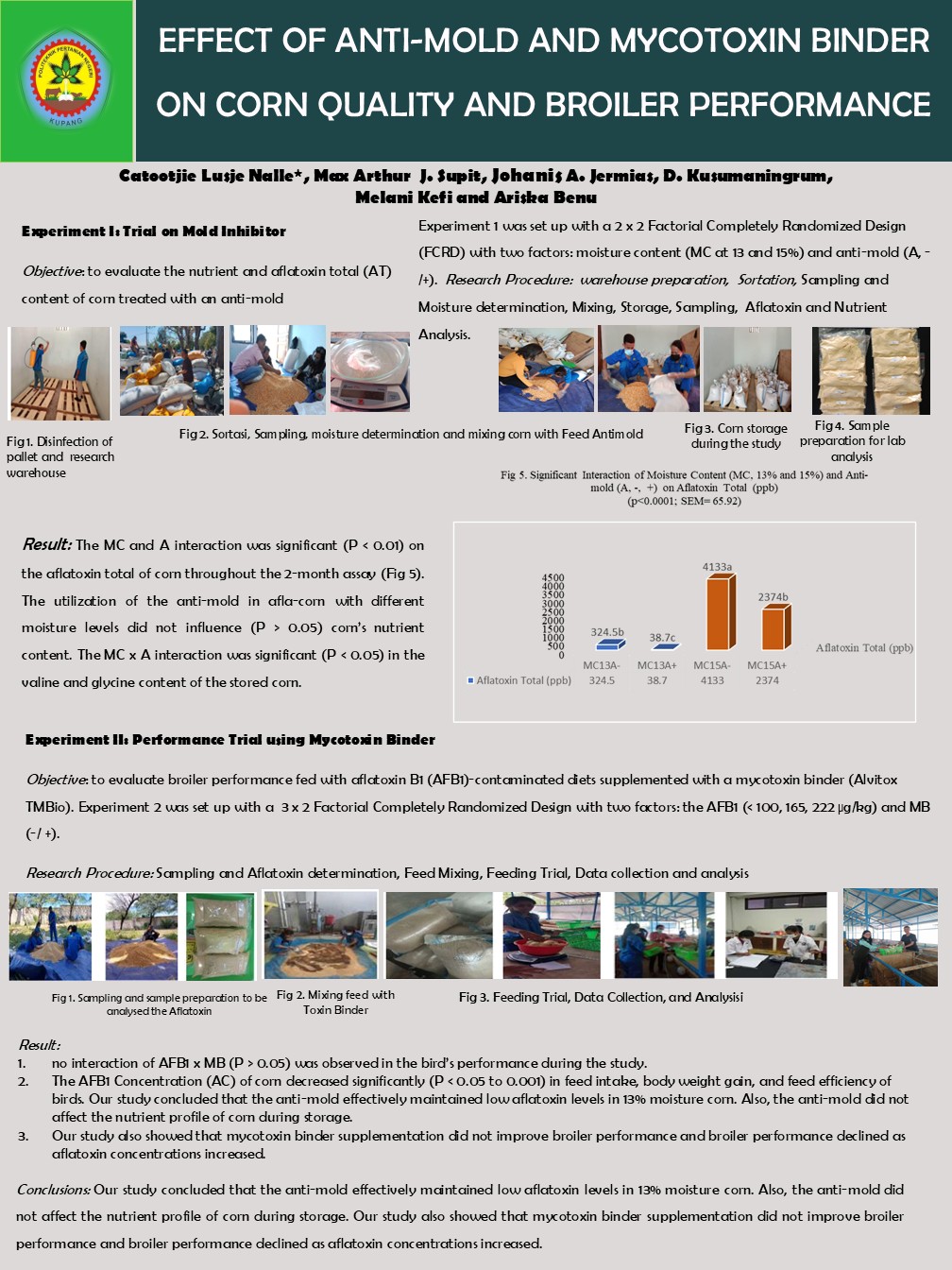PHENOTYPIC AND MOLECULAR CHARACTERIZATION OF MULTISHOOTS DEVELOPMENT IN TRANSGENIC Phalaenopsis amabilis (L.) BLUME HARBORING 35S::KNAT1 (KNOTTED-LIKE Arabidopsis thaliana 1)
Downloads
Phalaenopsis amabilis (L.) Blume is one of Indonesian natural orchid which has an aesthetic flower and possesses high economic value. The low multiplication rate and long periods of life cycle are the main obstacles to conventionally propagate this orchid. The aims of this research were to analyze the stability of transgenic plant P. amabilis harboring 35S::KNAT1 based on morpho-genomic characterization. KNAT1 gene is reported as a gene that involved in the shoot formation, and it  had been successfully introduced into Phalaenopsis amabilis (L.) Blume genome. After seven times regeneration, the confirmation of the transgene existence in the genom is needed to ensure whether the plant could consistently maintain the transgene in its genome and to characterize the shoot development. The experiment was carried out in 3 steps: 1) Co-integration analysis of 35S::KNAT1 into P. amabilis genom; 2) Phenotypic analysis on the multiplication rate, morphological variation and venation pattern; and 3) Protein profile analysis of transgenic plants. The results showed that the survival rate of putative transgenic was 58.7% on NP0 medium and 62.5% on NP SIM medium. PCR analysis confirmed that 82.5% transgenic growth on NP0 and 93.33% on NP SIM contained DNA fragment of KNAT1 gene, NPTII gene and trnL-F intergenic spacer, indicating that those plants are positive transgenic. The 35S::KNAT1 transgenes and phytohormone were independently involved in multishoots formation of P. amabilis transgenic plants. The phenotypic of plantlets were classified into six main criteria, i.e. normal shape, lobed leaves, rosette, elongated stem, cup shoot and widened leaves. The normal type was the most abundant type of variation (± 29%) in both medium. Protein profile showed that all transgenic plants produced 45,8 kDa protein and that was equivalent with molecular weight of KNAT1 protein. Taken together, all those data indicated that 35S::KNAT1 transgene were consistently integrated into the transgenic plant genome.
Downloads
Authors who publish with this journal agree with the following terms:
- Authors retain copyright and grant the journal right of first publication, with the work 1 year after publication simultaneously licensed under a Creative Commons attribution-noncommerical-noderivates 4.0 International License that allows others to share, copy and redistribute the work in any medium or format, but only where the use is for non-commercial purposes and an acknowledgement of the work's authorship and initial publication in this journal is mentioned.
- Authors are able to enter into separate, additional contractual arrangements for the non-exclusive distribution of the journal's published version of the work (e.g., post it to an institutional repository or publish it in a book), with an acknowledgement of its initial publication in this journal.
- Authors are permitted and encouraged to post their work online (e.g., in institutional repositories or on their website) prior to and during the submission process, as it can lead to productive exchanges, as well as earlier and greater citation of published work (See The Effect of Open Access).






























